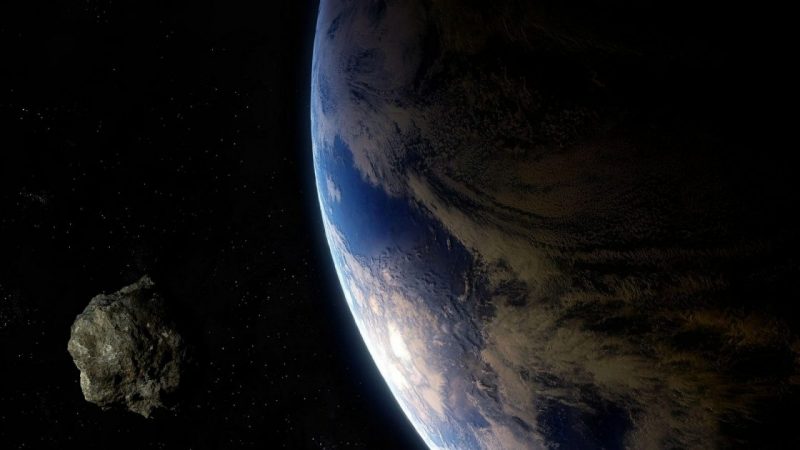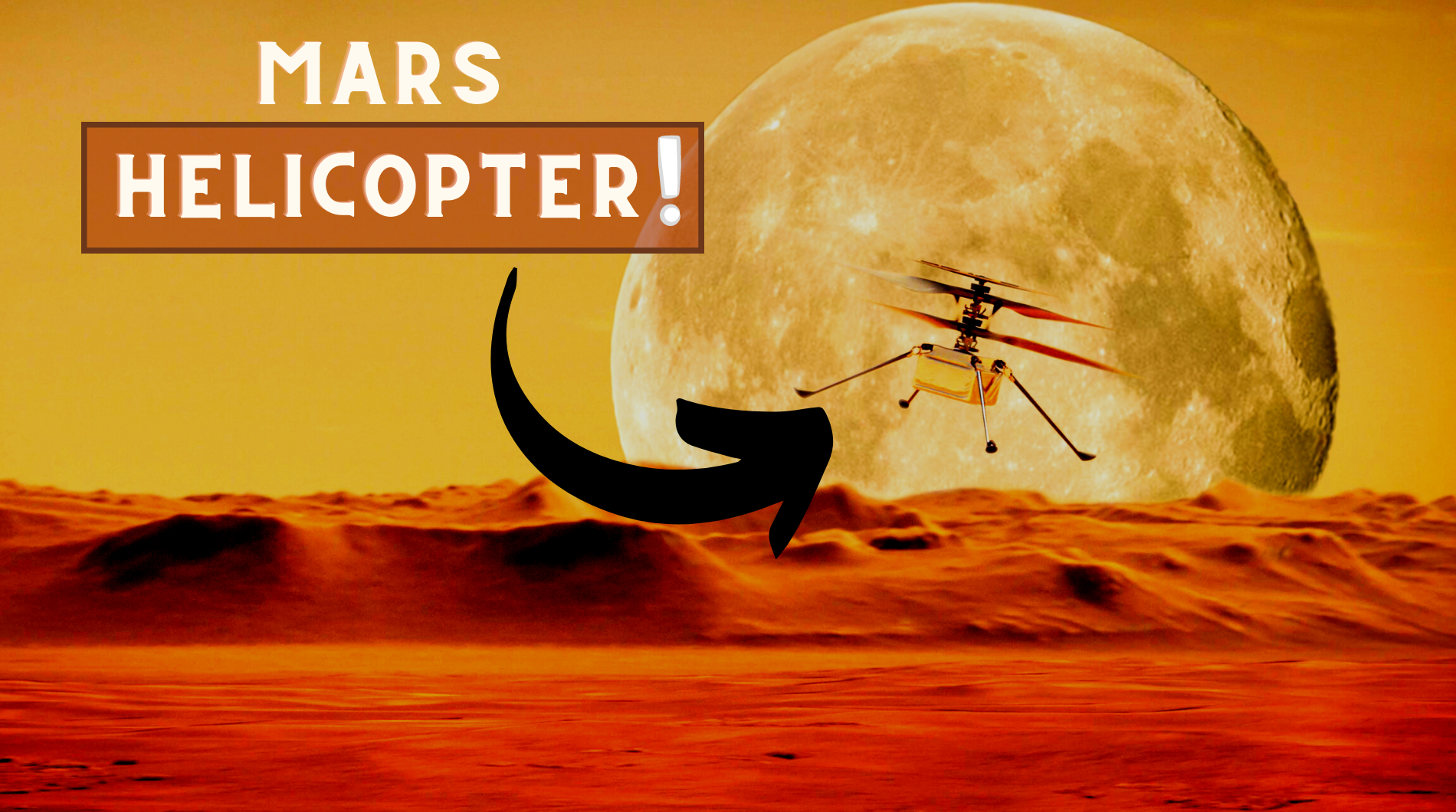Asteroid 2024 PT5 Flyby Excites Scientists, but Disappoints Enthusiasts

Asteroid 2024 PT5, also known as “Mini Moon,” will enter Earth’s gravitational pull in next several hours, or on September 24, becoming a temporary satellite. Detected by NASA’s ATLAS system in August 2024, this Near-Earth Object (NEO) will orbit our planet for two months, from September 29 to November 25, before escaping Earth’s gravity. Despite the excitement this rare celestial event generates among astronomers, asteroid 2024 PT5 poses no danger to Earth and will disappoint hundreds of thousands of skywatchers due to its underwhelming presence.
It’s a small asteroid captured by Earth’s gravity that briefly orbits before being released, thus being named a ‘mini moon’ . “The object is too small and dim for typical amateur telescopes and binoculars. However, the object is well within the brightness range of typical telescopes used by professional astronomers,” said research lead author and Universidad Complutense de Madrid professor, Carlos de la Fuente Marcos, as reported by Space.com.
Measuring only 10 meters in diameter, 2024 PT5 will not be visible to the naked eye or even most telescopes, disappointing skywatchers hoping for a glimpse. A telescope with a diameter of at least 30 inches plus a CCD or CMOS detector are needed to observe this object, a 30 inches telescope and a human eye behind it will not be enough, according to Marcos.
While the public may miss the show, the event offers scientists an opportunity to observe how Near-Earth Objects interact with Earth’s gravity and study its potential applications for future space exploration.
Beyond its scientific curiosity, mini moons hold potential for future space missions, possibly providing resources like water and minerals. Researchers will closely study 2024 PT5’s composition and trajectory during its brief orbit to assess its value for such endeavors. The asteroid is expected to return for another flyby in January 2025 and again in 2055.
Though 2024 PT5 is too small to pose a threat, its temporary capture underscores the importance of monitoring these NEOs. Events like this remind us of the ever-changing environment in space and, for the safety of this planet and its system, the need for ongoing research to better understand the objects that traverse Earth’s vicinity. For now, the flyby of 2024 PT5 represents a fascinating, though harmless, celestial occurrence.


